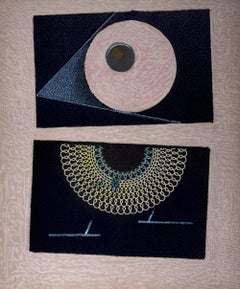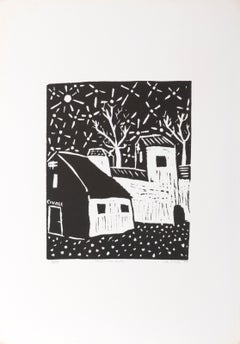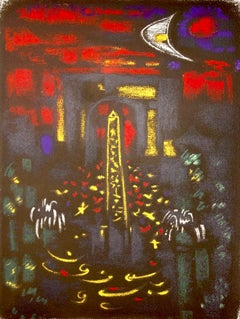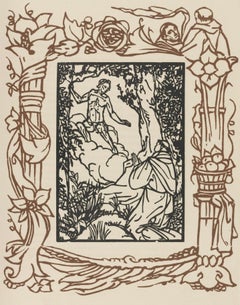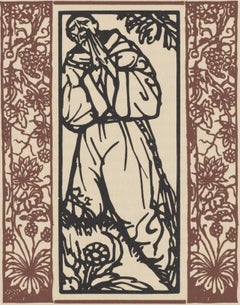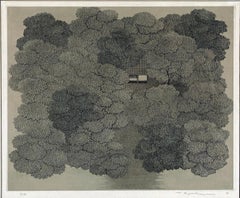Decor Landscape Prints
1960s Surrealist Landscape Prints
Lithograph
1980s Modern Landscape Prints
Linocut
1960s Surrealist Landscape Prints
Lithograph
1920s Post-Impressionist Figurative Prints
Woodcut
1920s Post-Impressionist Figurative Prints
Woodcut
1960s Landscape Prints
Etching
1920s Post-Impressionist Figurative Prints
Woodcut
1970s Landscape Prints
Woodcut
2010s Other Art Style Landscape Prints
Archival Ink, Giclée
Late 20th Century Impressionist Landscape Prints
Lithograph
1970s Contemporary Landscape Prints
Woodcut
18th Century Old Masters Figurative Prints
Etching
1960s Landscape Prints
Adhesive, Woodcut
20th Century Animal Prints
Lithograph
20th Century Landscape Prints
Lithograph
1970s Fauvist Landscape Prints
Lithograph
2010s Contemporary Landscape Prints
Metal
1980s Contemporary Landscape Prints
Woodcut
1970s Modern Animal Prints
Lithograph
21st Century and Contemporary Landscape Prints
Paper, Color
20th Century Modern Landscape Prints
Color
Early 2000s Contemporary Landscape Prints
Archival Paper, Woodcut
21st Century and Contemporary Landscape Prints
Paper, Linocut
2010s Landscape Prints
Monotype, Woodcut
1990s Landscape Prints
Woodcut
20th Century Landscape Prints
Etching
20th Century Modern Landscape Prints
Color
Early 19th Century Edo Portrait Prints
Watercolor, Handmade Paper, Woodcut
21st Century and Contemporary Contemporary Landscape Prints
Linocut
1970s Contemporary Landscape Prints
Driftwood
1980s Realist Landscape Prints
Screen
2010s Street Art Figurative Prints
Mulberry Paper
21st Century and Contemporary Expressionist Landscape Prints
Etching
1920s Modern Landscape Prints
Lithograph
1940s Modern Landscape Prints
Lithograph
2010s Surrealist Figurative Prints
Paper, Color
1950s Modern Landscape Prints
Lithograph
2010s Art Nouveau Landscape Prints
Paper, Monotype
1970s Pop Art Landscape Prints
Mixed Media, Screen
2010s Post-Impressionist Landscape Drawings and Watercolors
Lithograph, Paper, Watercolor
1950s Cubist Still-life Prints
Lithograph
1960s Modern Landscape Prints
Woodcut, Color
1960s Abstract Expressionist Landscape Prints
Woodcut
1920s Modern Landscape Prints
Lithograph
2010s Abstract Landscape Paintings
Emulsion, Mixed Media, Watercolor, Photographic Paper, Lithograph, Monop...
1960s Modern Figurative Prints
Lithograph
1930s American Modern Landscape Prints
Archival Paper, Linocut
20th Century Modern Figurative Prints
Lithograph
2010s Naturalistic Landscape Prints
Paper, Monotype, Lithograph
1920s Modern Landscape Prints
Lithograph
20th Century Landscape Prints
Etching
1960s Post-Impressionist Still-life Prints
Lithograph, Stencil
1950s Modern Landscape Prints
Lithograph
2010s Contemporary Landscape Prints
Screen
1930s Modern Landscape Prints
Color, Woodcut
16th Century Old Masters Landscape Prints
Woodcut
2010s Aesthetic Movement Still-life Prints
Paper, Monotype
19th Century Landscape Prints
Engraving
1950s Cubist Figurative Prints
Lithograph
Early 20th Century Modern Figurative Prints
Paper, Engraving
